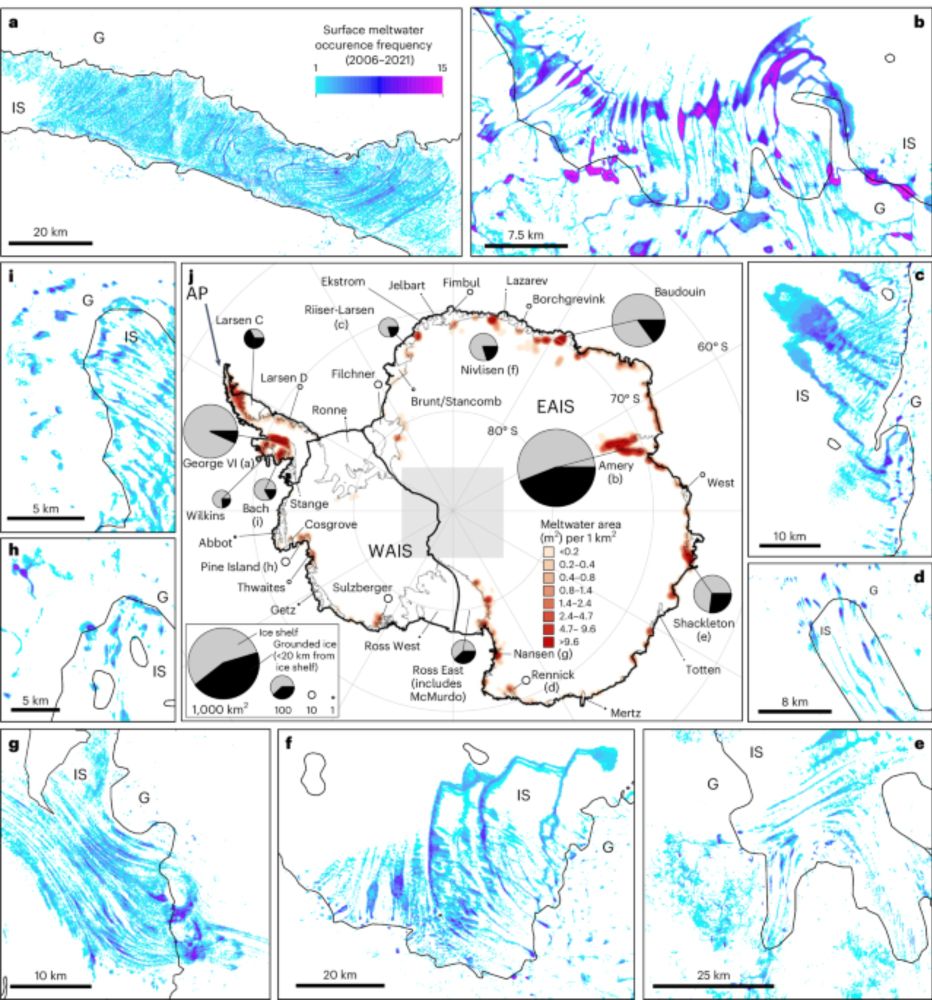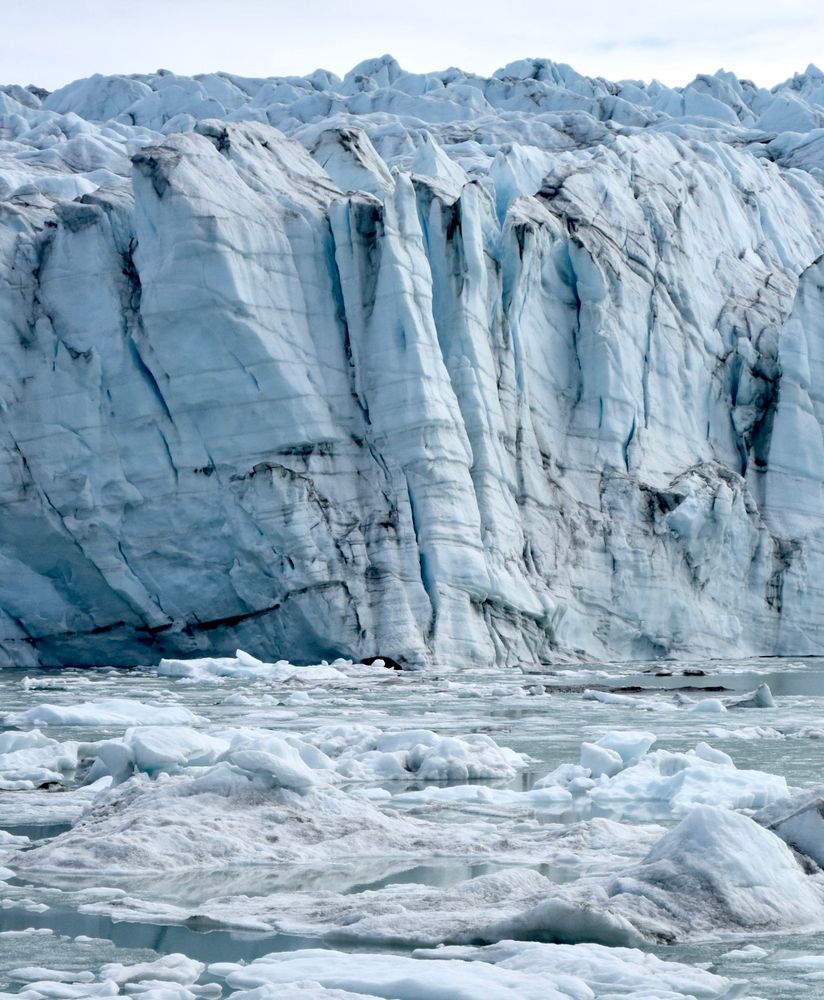
Daniel Colson
@danielcolson.bsky.social
Research Fellow @SoGLeeds exploring remote sensing of northern peatlands🛰🌎 previously JNCC_UK 🌱 Geographer. Interested in Peatlands/EO/GI. AberUni alumni.
Last week @peatbloke.bsky.social, @duncanquincey.bsky.social, colleagues from Uppsala University and I re-visited Hammarmossen, this time as part of our NERC-funded Antheia project. We deployed a number of sensors and conducted UAV surveys. Looking forward to returning! @envleeds.bsky.social




October 29, 2025 at 10:40 AM
Last week @peatbloke.bsky.social, @duncanquincey.bsky.social, colleagues from Uppsala University and I re-visited Hammarmossen, this time as part of our NERC-funded Antheia project. We deployed a number of sensors and conducted UAV surveys. Looking forward to returning! @envleeds.bsky.social
Had a great day at the @envleeds.bsky.social graduation. Thanks to the support of my supervisors @peatbloke.bsky.social @geomorphmark.bsky.social and @duncanquincey.bsky.social. Excitedly I’ve already started a Research Fellow position in the school continuing my research!



August 8, 2025 at 7:54 AM
Had a great day at the @envleeds.bsky.social graduation. Thanks to the support of my supervisors @peatbloke.bsky.social @geomorphmark.bsky.social and @duncanquincey.bsky.social. Excitedly I’ve already started a Research Fellow position in the school continuing my research!
Reposted by Daniel Colson
I’m delighted to share that our new paper is now out in @natclimate.nature.com! Our long-term, monthly Antarctic-wide dataset of surface meltwater shows that the East Antarctic Ice Sheet is becoming increasingly prone to surface meltwater ponding.

Continent-wide mapping shows increasing sensitivity of East Antarctica to meltwater ponding - Nature Climate Change
This study provides a continent-wide assessment of surface meltwater area in Antarctica between 2006 and 2021, highlighting recent increases in magnitude and variability in East Antarctica, with indic...
www.nature.com
July 4, 2025 at 11:13 AM
I’m delighted to share that our new paper is now out in @natclimate.nature.com! Our long-term, monthly Antarctic-wide dataset of surface meltwater shows that the East Antarctic Ice Sheet is becoming increasingly prone to surface meltwater ponding.
Reposted by Daniel Colson
Fully funded PhD opportunity Ecohydrological response of tropical peatlands to climate change and human impacts (QUADRAT DTP: Ecohydrological response of tropical peatlands to climate change and human impacts at Queen’s University Belfast on findaphd.com)

PhD Programmes, Research Projects & Studentships in the UK & Europe
FindAPhD is a comprehensive guide to PhD studentships and postgraduate research degrees
FindAPhD.com
May 14, 2025 at 10:52 PM
Fully funded PhD opportunity Ecohydrological response of tropical peatlands to climate change and human impacts (QUADRAT DTP: Ecohydrological response of tropical peatlands to climate change and human impacts at Queen’s University Belfast on findaphd.com)
Reposted by Daniel Colson
Time-lapse trail cameras… not just for wildlife! 📸
Chuffed to share this Tools of the Trade article in @natrevearthenv.bsky.social, highlighting how we can capture glacier calving to better understand rates and drivers of ice loss.
📖 rdcu.be/eaj20
@envleeds.bsky.social
@yes-dtn.bsky.social
Chuffed to share this Tools of the Trade article in @natrevearthenv.bsky.social, highlighting how we can capture glacier calving to better understand rates and drivers of ice loss.
📖 rdcu.be/eaj20
@envleeds.bsky.social
@yes-dtn.bsky.social
New online! Capturing glacier calving with time-lapse camera arrays

Capturing glacier calving with time-lapse camera arrays
Nature Reviews Earth & Environment, Published online: 17 February 2025; doi:10.1038/s43017-025-00649-yConnie Harpur explains how time-lapse camera arrays can be used to capture glacier calving activity.
www.nature.com
February 18, 2025 at 6:43 PM
Time-lapse trail cameras… not just for wildlife! 📸
Chuffed to share this Tools of the Trade article in @natrevearthenv.bsky.social, highlighting how we can capture glacier calving to better understand rates and drivers of ice loss.
📖 rdcu.be/eaj20
@envleeds.bsky.social
@yes-dtn.bsky.social
Chuffed to share this Tools of the Trade article in @natrevearthenv.bsky.social, highlighting how we can capture glacier calving to better understand rates and drivers of ice loss.
📖 rdcu.be/eaj20
@envleeds.bsky.social
@yes-dtn.bsky.social
Reposted by Daniel Colson
Huge congrats to PhD student @danielcolson.bsky.social who passed his viva (defence) today. Well done Dan! Thanks to the examiners, Angela Harris (Manchester) and Rich Grayson, and co-supervisors @geomorphmark.bsky.social and Duncan Quincey. A happy first post on Blue Sky 😁

February 13, 2025 at 2:53 PM
Huge congrats to PhD student @danielcolson.bsky.social who passed his viva (defence) today. Well done Dan! Thanks to the examiners, Angela Harris (Manchester) and Rich Grayson, and co-supervisors @geomorphmark.bsky.social and Duncan Quincey. A happy first post on Blue Sky 😁
Reposted by Daniel Colson
Ice-marginal lakes across #Greenland- why do they matter?! 🇬🇱🧊 🌊
Our article in Geography introduces the importance of these chilly lakes and their impact on ice sheet change.
Read on for an IML crash-course plus some cool classroom tips ❄️💻✏️
@joemallalieu.bsky.social
shorturl.at/Z4jUh
Our article in Geography introduces the importance of these chilly lakes and their impact on ice sheet change.
Read on for an IML crash-course plus some cool classroom tips ❄️💻✏️
@joemallalieu.bsky.social
shorturl.at/Z4jUh


February 3, 2025 at 6:28 PM
Ice-marginal lakes across #Greenland- why do they matter?! 🇬🇱🧊 🌊
Our article in Geography introduces the importance of these chilly lakes and their impact on ice sheet change.
Read on for an IML crash-course plus some cool classroom tips ❄️💻✏️
@joemallalieu.bsky.social
shorturl.at/Z4jUh
Our article in Geography introduces the importance of these chilly lakes and their impact on ice sheet change.
Read on for an IML crash-course plus some cool classroom tips ❄️💻✏️
@joemallalieu.bsky.social
shorturl.at/Z4jUh
Reposted by Daniel Colson
What are the greenhouse gas emissions savings associated with paludiculture?
As part of a DEFRA fellowship I had a go at trying to answer this question and create an emission factor for Paludiculture in the England!
Thanks to all who contributed👇
www.paludiculture.org.uk/post/what-ar...
As part of a DEFRA fellowship I had a go at trying to answer this question and create an emission factor for Paludiculture in the England!
Thanks to all who contributed👇
www.paludiculture.org.uk/post/what-ar...

What are the greenhouse gas emissions savings associated with paludiculture?
Paludiculture is a potential solution to minimising the 1.5% of total UK emissions from lowland peat.
www.paludiculture.org.uk
January 27, 2025 at 1:36 PM
What are the greenhouse gas emissions savings associated with paludiculture?
As part of a DEFRA fellowship I had a go at trying to answer this question and create an emission factor for Paludiculture in the England!
Thanks to all who contributed👇
www.paludiculture.org.uk/post/what-ar...
As part of a DEFRA fellowship I had a go at trying to answer this question and create an emission factor for Paludiculture in the England!
Thanks to all who contributed👇
www.paludiculture.org.uk/post/what-ar...
Reposted by Daniel Colson
Some boreal peatlands are losing their characteristic pools – a concern for their unique ecosystems.
Researchers in the School of Geography studied the long-term changes in the pools at Hammarmossen to understand why it's happening.
Read more:
environment.leeds.ac.uk/news/article...
Researchers in the School of Geography studied the long-term changes in the pools at Hammarmossen to understand why it's happening.
Read more:
environment.leeds.ac.uk/news/article...

Shrinking pools on northern peatlands
Peatlands are carbon-rich wetlands that are often covered in mazy patterns of open water pools, but some boreal peatlands in Scandinavia and elsewhere are beginning to lose their characteristic pools.
environment.leeds.ac.uk
January 24, 2024 at 3:07 PM
Some boreal peatlands are losing their characteristic pools – a concern for their unique ecosystems.
Researchers in the School of Geography studied the long-term changes in the pools at Hammarmossen to understand why it's happening.
Read more:
environment.leeds.ac.uk/news/article...
Researchers in the School of Geography studied the long-term changes in the pools at Hammarmossen to understand why it's happening.
Read more:
environment.leeds.ac.uk/news/article...

